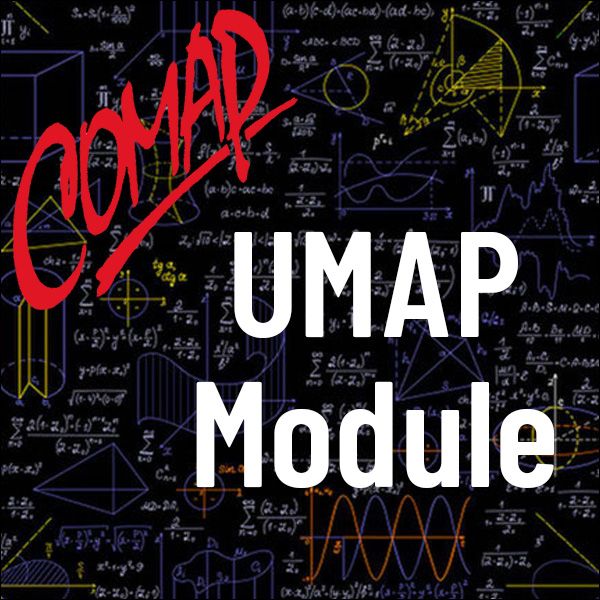The Resilience of Grassland Ecosystems (UMAP)
Author: Kevin Cooper
This module introduces students to the state-and-transition theory explaining the succession of plant species on grassland and to the concept of successional thresholds partitioning plant states into those gravitating toward socially desirable or socially undesirable plant compositions over time. Students are shown how the state-and-transition theory is formulated in the mathematical ecology literature as a system of two autonomous differential equations, and how a successional threshold is defined by the stable manifold to an interior saddle-point equilibrium. A series of exercises direct students toward a qualitative phase-plane solution of the system and an analytical approximation of the stable manifold. Students also gain experience working with the numerical phase-plane plotter Dynasys, which ban be downloaded from the World Wide Web. A discussion section applies the approximated stable manifold to the real-world problem of controlling livestock numbers on public grazing land to reestablish more socially desirable plant varieites.
Table of Contents:
INTRODUCTION
MATHEMATICAL FORMULATION OF THE STATE-AND-TRANSITION THEORY
SOLUTION ANALYSIS
SUCCESSIONAL THRESHOLDS
ANALYTICAL APPROXIMATION OF THE STABLE MANIFOLD
DISCUSSION
SOLUTIONS TO THE EXERCISES
REFERENCES
ABOUT THE AUTHORS

Mathematics Topics:
Application Areas:
Prerequisites:
You must have a Full Membership to download this resource.
If you're already a member, login here.